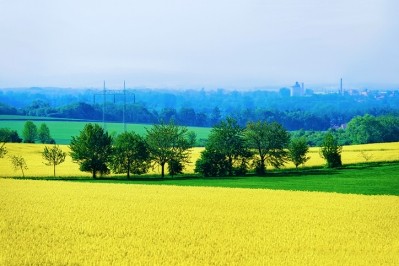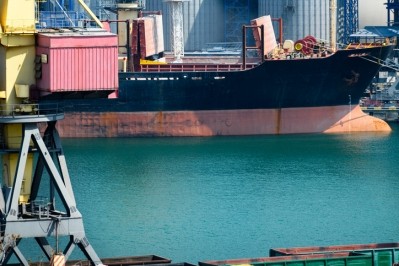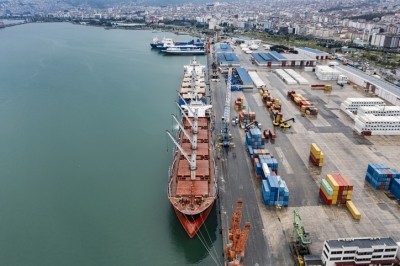Commission: EU ag markets remain stable despite Ukraine war, record oilseed output

However, despite those challenging conditions, the EU agricultural sector is standing strong, found the report.
In addition to geopolitical instability, the EU recorded one of the hottest summers in history, which significantly affected summer crops, such as maize, soybeans and sunflower. “Meteorological conditions have also been difficult for livestock producers and animals who suffered from heat stress and less feed.”
The publication outlined how EU exports of cereals are expected to reach 51m tons, which would be 6.5% above last season and 20.9% above the five-year average.
The short-term outlook for agricultural markets is published three times per year and is based on the latest data and information from market experts in the European Commission.
Ukrainian grain corridor
The signature in July of the ‘Black Sea Grain Initiative’ that led to the resumption of Ukrainian grain exports via the Black Sea brought some relief on the international markets with a sharp decrease in wheat and oilseeds prices, but its renewal cannot be taken for granted, said the EU executive.
“The Solidarity Lanes established by the EU further contributed to the export over 12m tons of grains and oilseeds out of Ukraine by train, trucks or ships since May 2022.”
While commodity prices declined this summer, production costs and consumer prices remain historically high. “This is due to the high prices of the logistical supply chain, for example electricity, processing, packaging, transport, cooling and heating."
The experts also sounded the alarm over the increased cost of living, saying that development may reduce consumer demand for restaurant and catering outlets.
The availability of fertilisers for the upcoming season is another concern for the agricultural sector, found the report. “As fertiliser industries need natural gas to produce ammonia and other nitrogen products, they reduce or halt production when gas prices are too high. A reduced production and use of fertilisers could impact crop production in 2023, as well as impacting on the beverage and meat processing sectors who use by-products of fertilisers’ production process.”
Arable crops
Total EU cereal production is now forecast to reach 270.9m tons, which represents 7.8% less than last year. The sharpest decrease concerns maize at 55.5m tons, a 23.7% decrease year-on-year. This is mainly due to summer drought.
EU protein crop production is estimated to grow by 1.4% and reach 4.32m, due to higher yields.
Oilseeds
“Regarding oilseeds, the area under these crops in the EU reached an all-time high in marketing year 2022/23 of 12.2m hectares, an increase of 14.6% year-on-year. Drivers for this development were soaring prices of oilseeds and especially vegetable oils and the temporary derogation to allow cultivation of certain crops on set-aside land. This significant expansion has led to an increase in harvest of 7.5%, thus cushioning the impact of drought on yields.”
Most growth in area was recorded for soybeans (+18.8% year-on-year) and sunflower (+17.4%).
"In the context of surging fertilisers prices, the nitrogen fixing crops such as soybeans looks to have gained farmers' interest."
Total EU oilseed production is expected to increase +7.5% year-on-year to 32.2m tons
Dairy sector feed challenges
This summer’s hot and dry weather not only caused heat stress for cows, but also led to lower availability and quality of grass, noted the authors.
“To cope with this, farmers adjusted feed availability by either already using their feed which was planned to be stored for winter months or reducing the size of their herd further. As a result, the annual EU milk collection is expected to decline by 0.5%.”
Indeed, the report cautions that the start of 2023 could be challenging for dairy farmers, who face higher input costs and lower feed availability in addition to potentially lower consumer demand because of food inflation.
Production costs hurting EU pig, poultry and beef farmers
Livestock producers are among those being the most impacted by the record energy and input costs, said the Commission.
“Despite high prices for beef, pig meat and poultry, these difficult conditions limit the production in these three sectors.”
In 2022, the authors predict that EU beef production will decrease by 0.6%, EU pig meat production by 5% and EU poultry production by 0.9%. High prices also weigh down on EU exports of these products, with expected decreases by 1%, 17% and 2.2% in 2022 for beef, pig meat and poultry respectively.







